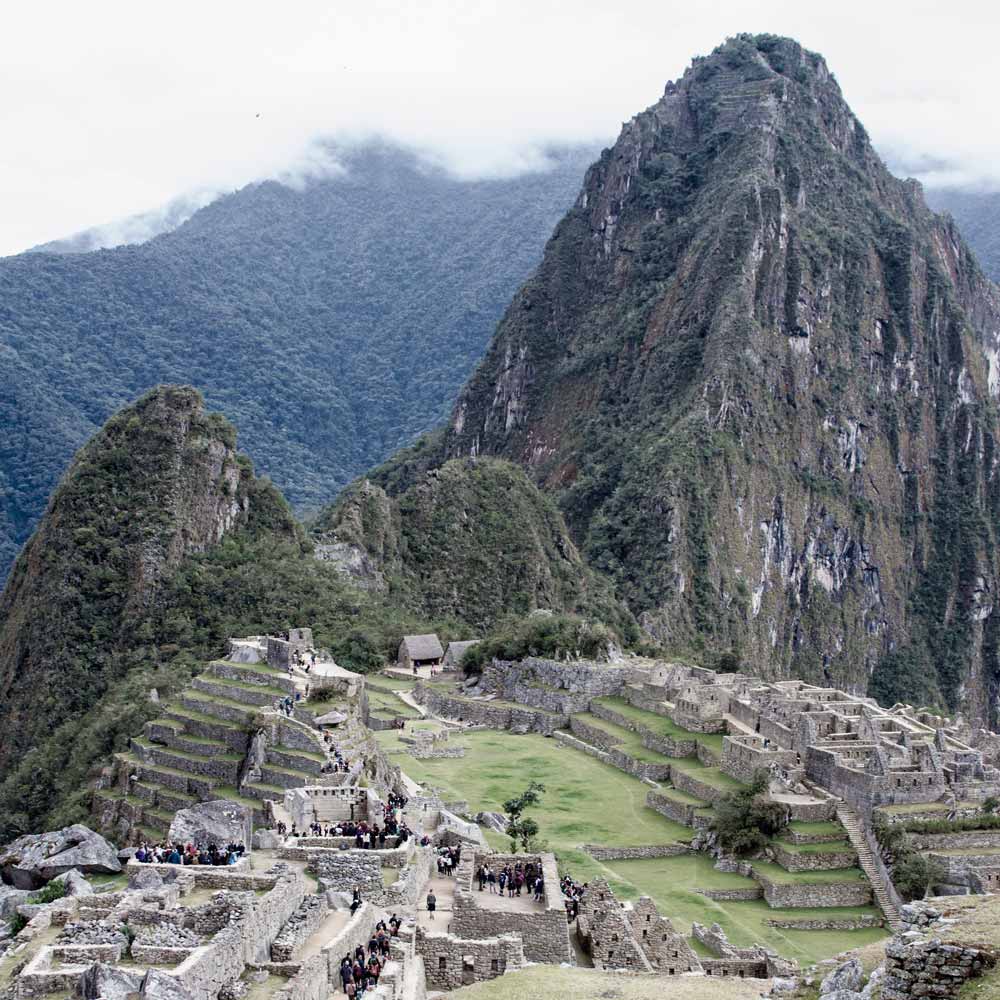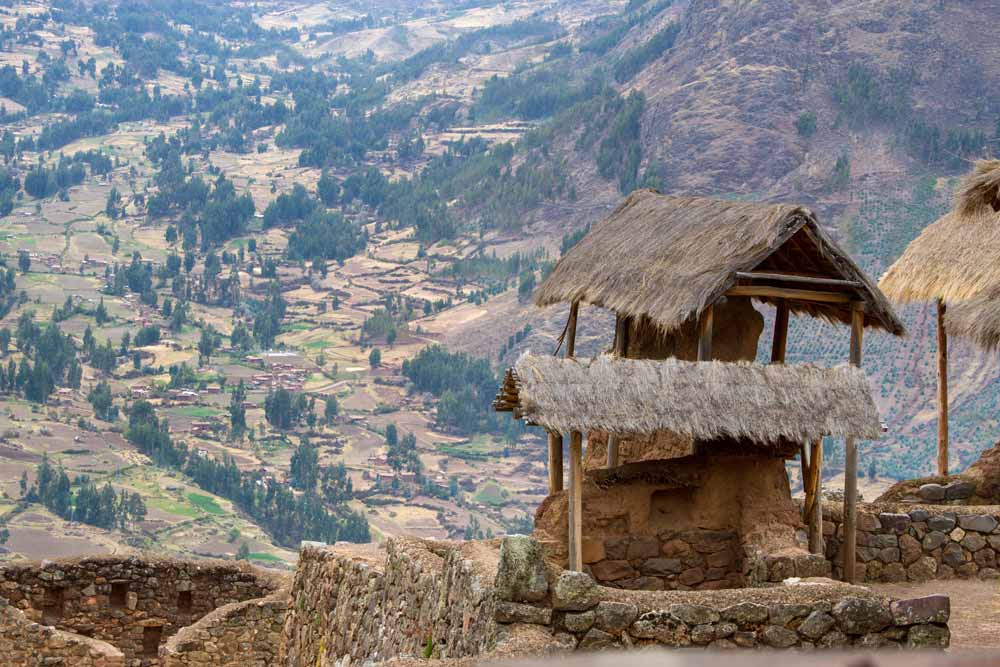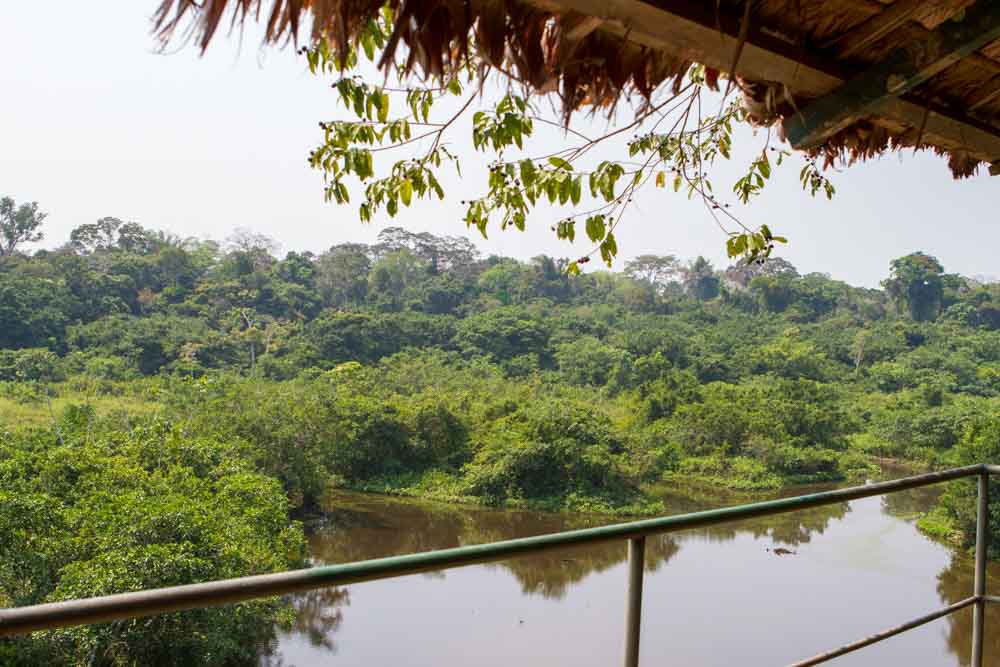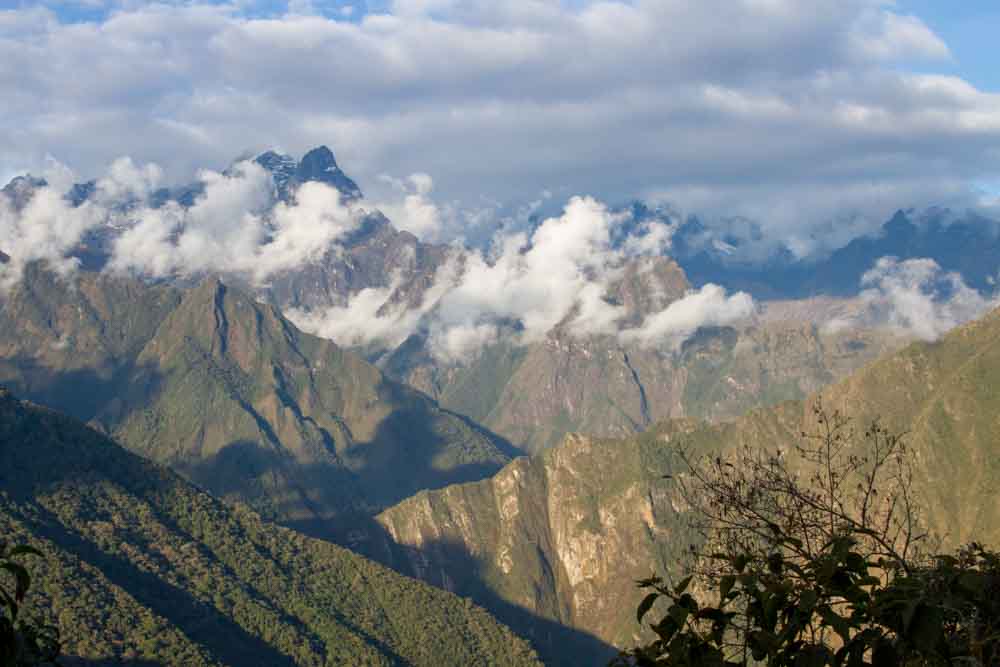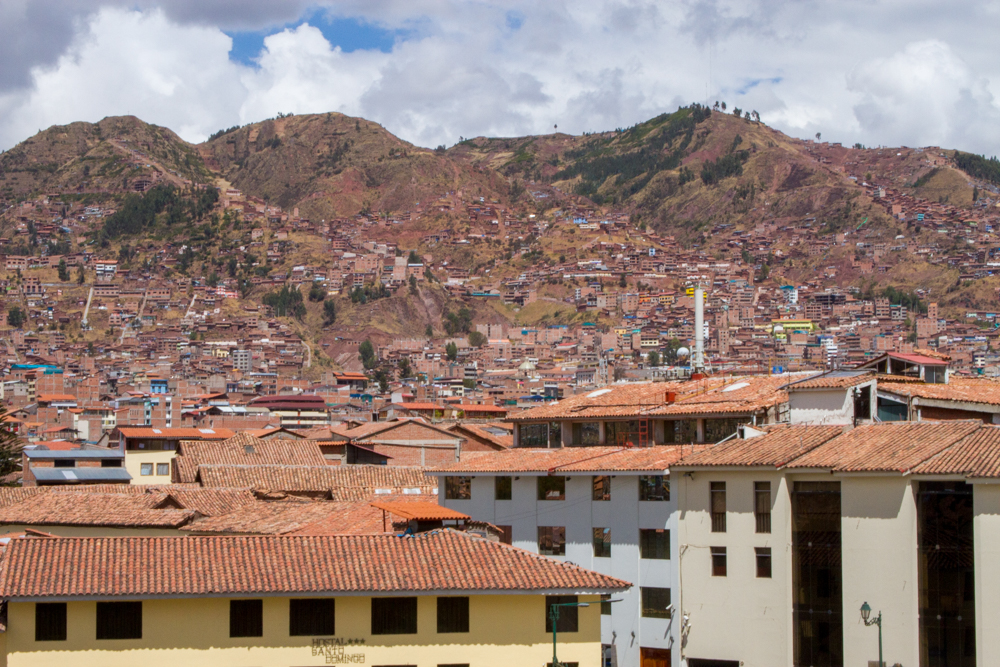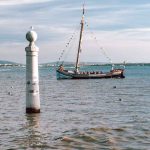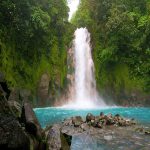Peru
Peru is a country of many diverse cultures and geographies, perhaps as many as any country in the world. With a culture built on many ancient and rich traditions, a trek through Peru will take you to awe-inspiring locations, from the Pacific ocean to the Amazonian rain forest, to the heights of the Andres mountains.
Located on the western coast of South America, bordered by Ecuador, Columbia, Brazil, Bolivia, and Chili, Peru is home to some of the most diverse ecosystems in the world. Over 60% of the country is covered by the Amazon rainforest. The country is also home to the world’s deepest canyon, the highest sand dunes in the world, the Andres mountains, and many variations in between.
A journey to Peru will bring you face to face with some of the most amazing scenery, oldest cultures, and some of the best cuisine to be found anywhere. You’re sure to bring back memories of amazing experiences and photographs that will last a lifetime.
Peru is a country of about 33M people with its capital located in Lima. The primary language is Spanish, with only a limited number of English-speaking folks to be found.
“Going to Peru is, well, if you ever have an opportunity in your life to go there, you should do it because it is absolutely mind-boggling.”
~ Dean Stockwell
Climate and Seasons
Peru is located in the southern hemisphere so the seasons are opposite of those in North America. The summer season is between December and February with March being the wettest month of the year. The widely varied geography of Peru makes it one of the most diverse climate countries with 90 different microclimates. There are three primary regions, the coastal region, the mountain region, and the jungle region, each with its own average temperatures and rainfalls.
Peru is a country of about 33M people with its capital located in Lima. The primary language is Spanish, with only a limited number of English-speaking folks to be found.
The Pacific Coastal Desert
This region extends the entire length of the western edge of Peru bordering on the Pacific Ocean. The temperatures in this region are surprisingly moderate with averages around 20 degrees C (68 F) with temps as low as 10 C (50 F) in the winter season.
Andean Mountain Region
The Andean mountains account for nearly 35% of Peru’s land mass and run the length of the country, more or less down the middle of its territory. With elevations mostly above 2,000m (6,600 ft) the climate in the region is almost always cool and can be cold. Some of the higher mountain peaks rise above the permanent snowline , which is about 5,000m (16,000 ft) providing for amazing views and excellent photos. If you’re planning to spend time in the mountain region, be sure to dress for the climate.
Amazon Rainforest
Covering 56% of the country, the Amazon rainforest provides an entirely different climate. Hot and humid conditions prevail nearly all year round at these lower elevations. As elevations climb into the Andean mountains the temperatures become cooler and gradually transition into the mountain region climate. With average temperatures in this region ranging from 23 C (73 F) to 26.5 C (80 F) and with average rainfall varying from 200mm (8 inches) to as much as 734mm (29 inches), you can expect a warm and humid visit.
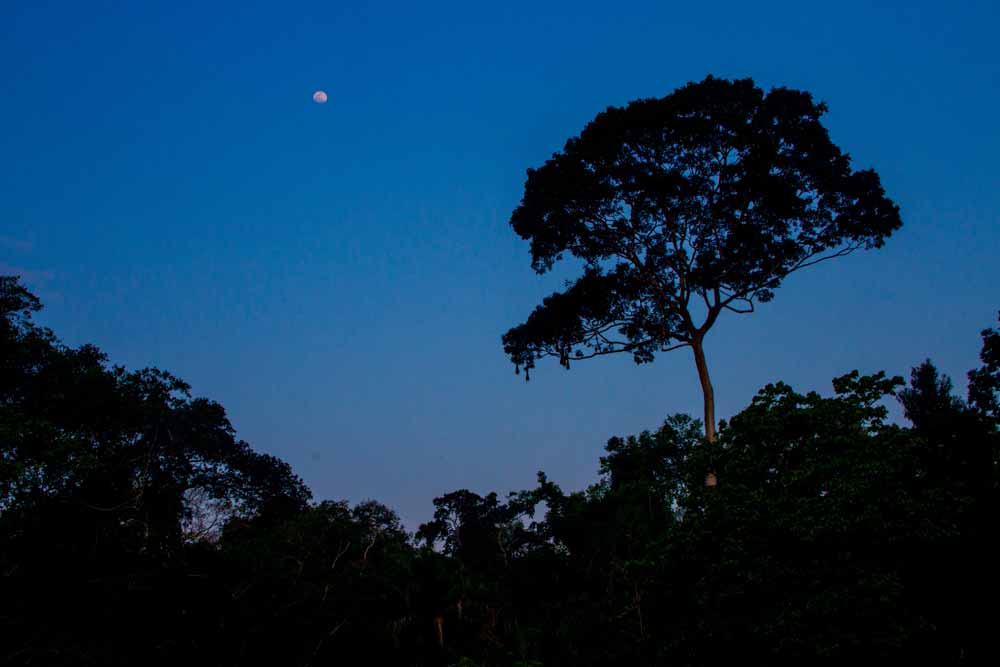
Best Time to Visit
Given that the Peruvian summer occurs between December and February this season can also bring a lot of rain and flooding, depending on where you plan to travel. If you plan to visit the rainforest, the best time to go is between June and November. This is the “dry” or “low water” season, but you should expect it to rain considerably. You will be able to explore the rain forest with a lower likelihood of washed-out trails or flooded waterways. This time of year also brings with it very warm temps, often with averages approaching 39 C (98 F).
If you plan to visit cities such as Lima or Cusco, December through February are the best. This is the summer season with warmer and dryer conditions, with a good dose of sunshine to enjoy. This season is also a time for several festivals in the cities, which are very interesting for visitors.
For those planning to hike the Inca trail or travel to Machu Picchu the best months are April or May but the weather is suitable through August and into September. We visited Peru and hiked the Inca trail in early September and the weather was excellent, with only a few hours of rain on one day. The nighttime temperatures can be cool to cold, particularly at the end of this season and at higher altitudes. It’s important to dress for the occasion and it will be a great time to visit, with fewer tourists and a good chance of favorable weather.
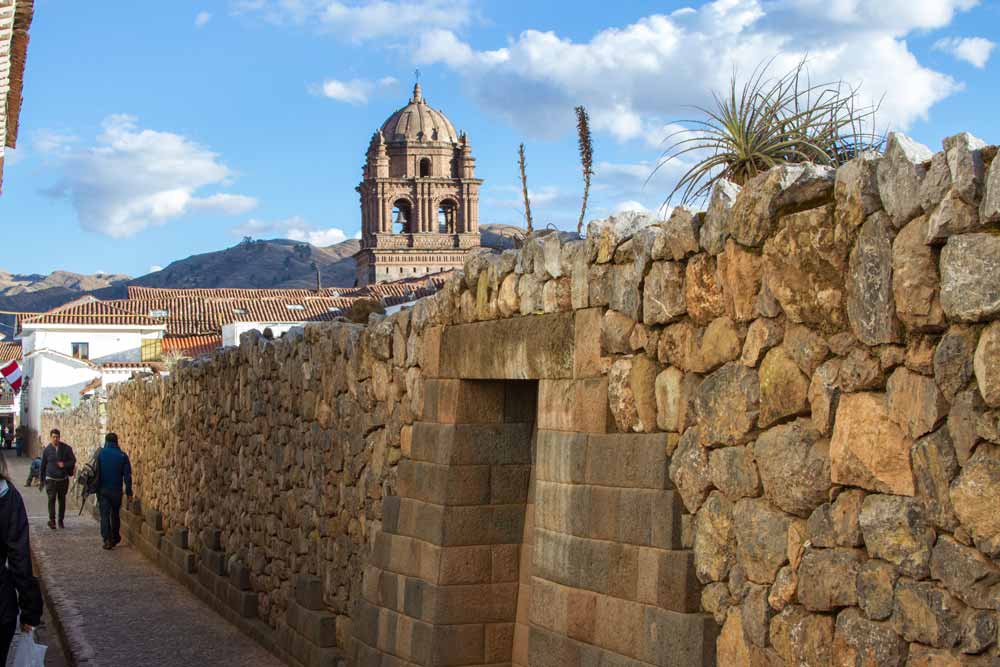
What to Know Before You Go
Language
Due to the history of the Spanish invasion of Peru, the primary language today across the country is Spanish. About 85% of the population speaks Spanish, with the other 15% using other first languages, primarily Quechua, which is 13% of the population.
While it’s not entirely unusual to encounter English speakers, you should not rely on them. It’s a good idea to learn a few basic Spanish words to help you get by while you visit. The locals will also appreciate an attempt to speak their native language.
Time Zone
The entire country of Peru is contained in just one-time zone called Peruvian time (PET time, which is GMT-5). This time zone is the same as the North American central time zone in the summer and the same as the Eastern time zone in the winter. This seasonal variation is caused by the fact that Peru does not observe daylight savings time.
Electrical Power
The electrical power grid in Peru uses 220 volts at 60 hertz. It’s important to ensure that your devices and small appliances are compatible with this voltage before using them while visiting. Most mobile phones, tablets, and laptops will accommodate this voltage, but be sure to check or you run the risk of damaging them or hurting yourself.
The electrical outlets in Peru are either Type A (common in North America) or Type C (common in Europe). You can buy or bring adapters that will allow you to plug in in Peru, but remember, an adapter does not change the voltage! See our blog post for more information on using electrical power while traveling.

Visa Requirements
Generally speaking, Peru is welcoming and relatively easy to enter. Citizens of many countries are not required to obtain a travel visa to visit as long as you stay 6 months or less. This includes citizens of the US, Canada, the European Union, the UK, Australia, and New Zealand.
In order to enter Peru, you must present a valid passport that expires at least 6 months from the date on which you enter the country. If you do require a visa it must be requested at the Peruvian consulate in your home country. More information on entry into Peru and on getting a visa, should you need one, can be found on the Peruvian Immigration website.
Local Currency
The Sol (S/), which is Spanish for “sun” is the official currency in Peru. A Sol can be subdivided into centimos, or “cents”. Sol are available in paper denominations (10, 20, 50, 100, 200) and centimos are traded as coins. It is helpful to carry a small amount of local Sol because currency from other countries is not generally accepted and many small shops or vendors do not accept credit cards. Banks and ATMs are generally available in the larger cities but can be hard to come by in the smaller towns or villages. Visit this site for information on the current exchange rates from your home currencies.
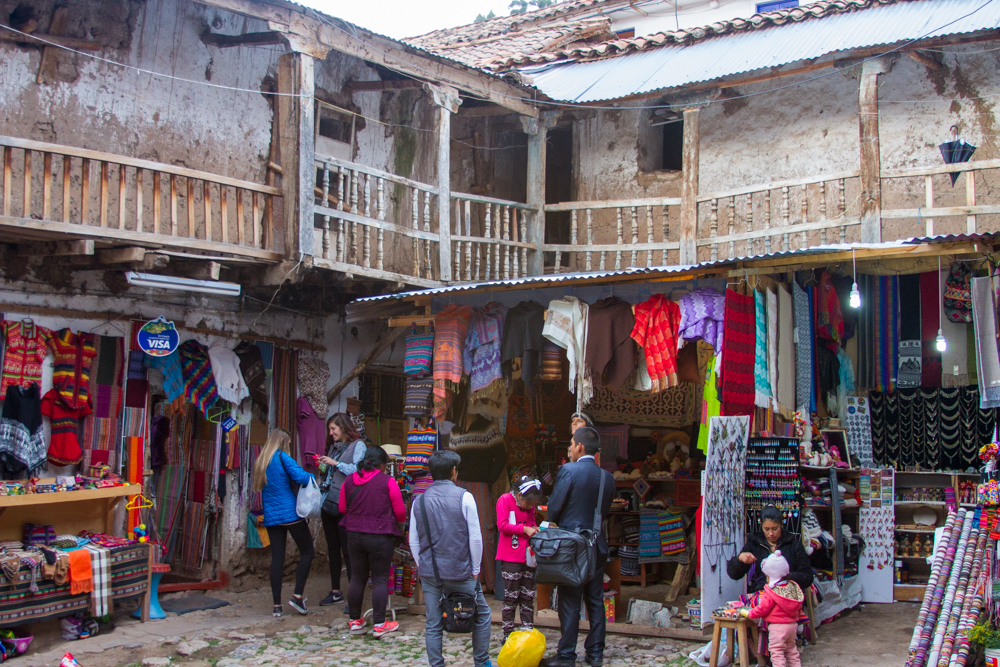
For The Foodies
You may be surprised, but Peruvian cuisine is amazing. In fact, in 2018 the World Travel Awards organization named Peru to be the “World’s Leading Culinary Destination”. Do a quick internet search for the top 10 restaurants in the world and you will routinely find a couple in Peru on the list. Typically in Lima. The food is simply amazing in its flavors, depth, cultural significance, and variety.
Whether you’re on the hunt for a world-class meal in Lima or another Peruvian city, visiting a small town in rural Peru, or dining with your porters on an excursion, you should expect to have some of the most interesting meals you have ever had. A few of our favorites that we experienced during our trip….
Potatoes – Peru is home to an almost endless number of potatoes varieties. Potatoes, prepared a number of ways almost always find their way onto a dinner plate. One of the more interesting variations included what the locals called “purple potatoes”. These spuds have a dark purple flesh and a more robust, almost earthy flavor.
Cuy – Perhaps one of the country’s most popular delicacies, Cuy, more commonly known as Guinea Pig in North America, is one of the most unconventional meals that we tried, and enjoyed. Many folks from western countries consider cuy to be an adorable pet, so this might not be for everyone. Peruvians do not keep Cuy as pets, they are farmed and sold as meal options. They can be prepared as fried or roasted and, as the saying goes, taste a lot like chicken. Cuy is, however, a bit more flavorful and a bit fattier. While in Peru be a bit adventurous and give Cuy a try. We did and we enjoyed it.
Chicha Morada – A beverage similar to beer, made from one of Peru’s many varieties of corn. Passed down from the ancient Inca culture, this dark purple and non-alcoholic drink is considered to be one of the most refreshing drinks in Peru. We enjoyed cold Chicha Morada at several stops while in Peru and enjoyed it.
“We travel, some of us forever, to seek other places, other lives, other souls.”
~ Anais Nin
Travel Safety Tips
Of course, you always need to be mindful of your personal safety and surroundings when traveling. Peru is perfectly safe for tourist travel if you are prepared and exercise reasonable caution. In addition to the safety tips on our travel safety blog post, there are a few tips to keep in mind.
1. Tap Water. Do not drink the local tap water. The Peruvian water supply can contain bacteria that many non-local people have difficulty with. Even the locals will boil or filter the water before drinking it. Nothing will ruin your trip faster than a case of lower digestive tract discomfort.
2. Watch the Heights. Be mindful of heights on the trails and other attractions. The Peruvian landscape provides some of the most amazing views that you would encounter anywhere in the world. Particularly if you are visiting the Andean mountain region, hiking and observation areas are often above unbelievable heights. The safety standards that you may be accustomed to in your home country are typically more relaxed in Peru. It’s important that you are mindful of the ledges and boundaries for heights that are often measured in the thousands of feet.
3. Avoid the Bugs. If you plan on visiting the rain forest be certain to bring a very strong insect repellant, and use it! The insects can be as bad as you might imagine, but they can be avoided. Cover up well with light-colored clothing and use the strongest repellant that you can find, preferably DEET-based.
4. Watch Your Belongings. While Peru is definitely a safe place to visit, it is important that you keep a close eye on your belongings and valuables. Like any other developing country, the possibility of petty theft does exist. Keeping your things close to you and visible may help you avoid an unnecessary loss.
5. Use Public Taxis. Do not accept rides from private or freelance drivers when visiting the country. There are plenty of offIcially authorized taxi services that can safely get you to your destination. While Uber does service the larger cities and urban areas, taxi services are often more reliable and less expensive.
6. Drive With Caution. The traffic patterns and the rules of the road may be more loosely interpreted than you are accustomed to. Traffic can be somewhat unpredictable and it’s important to drive defensively. It’s also important to realize that Peruvian traffic police can be a bit difficult to deal with and that there are often imposters that are posing as police to entice you to provide a bribe or a cash payment for “traffic violation”. Be sure to carry your driver’s license and proof of insurance if you’ve rented a car.
7. Prepare For The Altitude. Altitude sickness is real and you need to be prepared. Many Peruvian cities are at an altitude that visitors are often not accustomed to. Cities can be between nearly sea level and as high as 22,000 feet above sea level. A hike on the Ince Trail will take you to nearly 14,000 feet above sea level. Oxygen is much less available at these altitudes and it’s important that you plan for time to become accustomed to the thin air. Typical symptoms of altitude sickness include headache, dizziness, nausea, shortness of breath, and fatigue. While there are several remedies and many tourist locations actually stock oxygen for these situations, you should plan time to allow yourself to acclimate to the altitude. While we were traveling in the Sacred Valley my husband felt like he had a low-grade hang-over for 3-4 days. If you experience altitude sickness the symptoms should resolve in a few days. If they do not, or they become serious, seek medical attention.
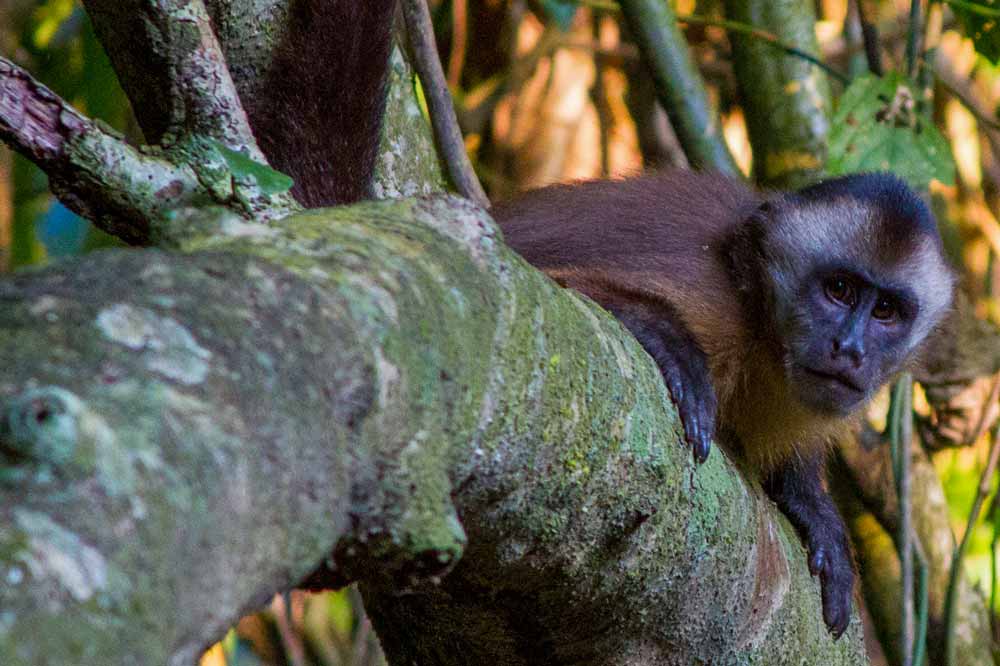
A Spider Monkey in the Amazon Rainforest
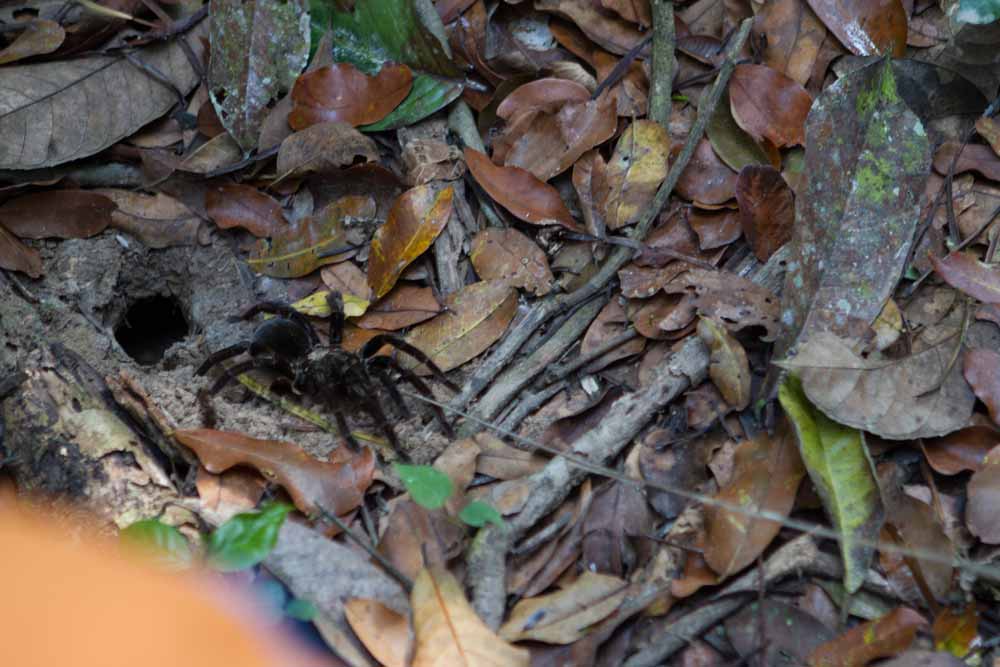
Tarantula by its burrow
Travel Tips
Peru is a great place to visit and create many once-in-a-lifetime memories. The diversity of the experiences you can find in Peru is second to none. With its rich cultural history, the continued observance of many of the ancient traditions, incredible geology and landscapes, and excellent food, Peru has all of the ingredients required for an unforgettable journey. Be sure to allow yourself time to experience the people and their customs and to see the many sights. You will not regret it!
Related Articles
-
Peruvian Sacred Valley
The Sacred Valley has an ancient history as the agricultural center of the Incan culture. A lush and relatively warm oasis nestled between imposing Andes mountain foothills, the Sacred Valley provides visitors with a rich scenic and cultural experience.
-
Rainforest – Eco-Diversity at it’s Best
The Amazonian rainforest is one of the worlds' most diverse ecosystems, teaming with life of all types. The Peruvian rainforest is no different. A visit to the floor of the rainforest will not disappoint.
-
Hiking the Inca Trail
The Inca Trail is one of the world's most popular trekking adventures for good reason. This 43 km hike will both inspire and challenge you as you hike the trail passing nearly 14,000 feet above sea level largely as
-
Ancient City of Cusco
Cusco, which the Incans considered to be the "navel of the universe" has become one of South America's most popular tourist destinations. Your visit to Cusco will be filled with amazing cultural and historical treasures unlike any found elsewhere.
September 27, 2018

